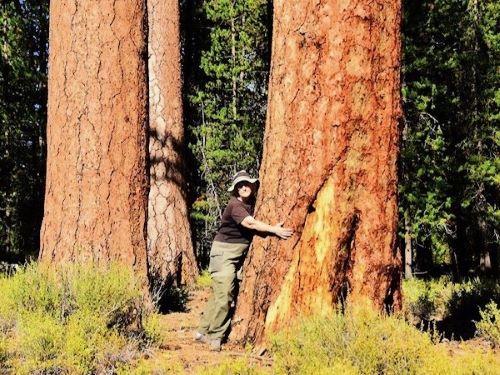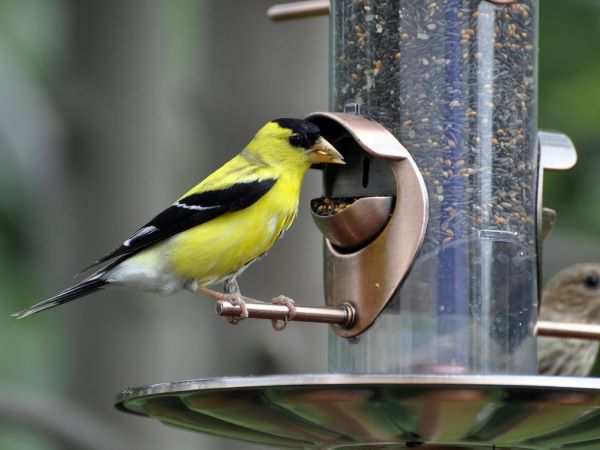Our Habitat Haven volunteers have begun site visits and been enthusiastically received. At the start…
Debbie Schlenoff 541.685.0610 dschlenoff (at) msn.com
A recent article in Current Biology (Conde et al., 2015) examined the costs of preventing the extinction of about 900 vertebrate species (and their habitats) listed by the Alliance for Zero Extinction (AZE). They calculated the costs for conservation in the animal’s natural habitats as well as for maintaining insurance populations in zoos. The total was about $1.1 billion, with an average cost per species of $1.3 million. Another report (McCarthy et al., 2012) concluded that about $1 billion per year for a decade would reduce the extinction risk for all globally threatened bird species, and $4 billion per year for a decade would downlist all threatened species on the International Union for Conservation of Nature’s Red List. A total of $76 billion per year for a decade would establish and protect habitats and ecosystems globally.
A billion! Seventy-six billion! These are incredibly large sums of money. Is it worth it? Calculations of the valuation of ecosystem services confirm without a doubt that the investment pays off. For instance, wildlife watching in the US is estimated to be worth $85 billion. Natural pest control and pollination services by birds and other wildlife are worth $60 billion in the US. Imagine that a waterway is developed and because of pollution and runoff, a water filtration plant for a large city has to be built—it would cost over $6 billion plus maintenance and operating expenses. The total global value of the services that nature provides (as if you could put a dollar value on nature, considering the planet would be uninhabitable without it) is generally considered to be $33 TRILLION per year.
A billion! Seventy-six billion! Still, incredibly large sums of money. Is it futile to think we could ever come up with and spend this amount of money, even to save the planet? Some numbers for your consideration:
Take a dozen movies made by top-earning movie actors—you could come up with a billion dollars with those actors’ salaries. Annual salaries for the top five athletes would get you there. People paid $1.5 billion to see the movie The Avengers. (Wait, with that money, they actually could save the world!) Americans spend $2.8 billion on candy just for Halloween and $1.7 billion on flowers for Valentine’s Day. Each year, we spend about $11 billion for coffee, $65 billion for soft drinks, and over $33 billion on cosmetics. Last year, over $1.5 billion was spent on political lobbying. It’s hard to raise money for habitat protection, but we spend $40 billion per year on lawn care. (Most of these figures are from http://mentalfloss.com/article/31222/numbers-how-americans-spend-their-money.) The US government spent $615 billion for defense in 2014; the proposed 2016 budget schedules $786.6 billion in defense spending. The military budget is 700 times more than the AZE conservation opportunities we mentioned earlier. Energy subsidies for fossil fuels come to over $500 billion globally (another estimate puts the figure at $775 billion). Eliminate energy subsidies, spend that $76 billion to protect the planet and its inhabitants, and you have over $420 billion of fun money left over.
Let’s do the math. An investment in the future of the earth: $76 billion divided by the world population is about $10 per person. We can do this.
McCarthy et al., 2012. “Financial Costs of Meeting Global Biodiversity Conservation Targets: Current Spending and Unmet Needs.” Science 338 (6109):946–949.
Conde et al., 2015. “Opportunities and Costs for Preventing Vertebrate Extinctions.” Current Biology 25 (6):219–221.




